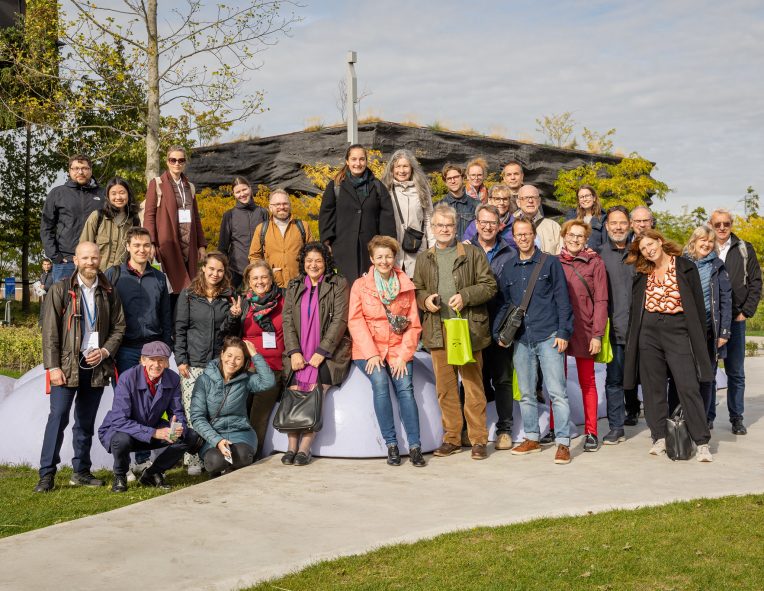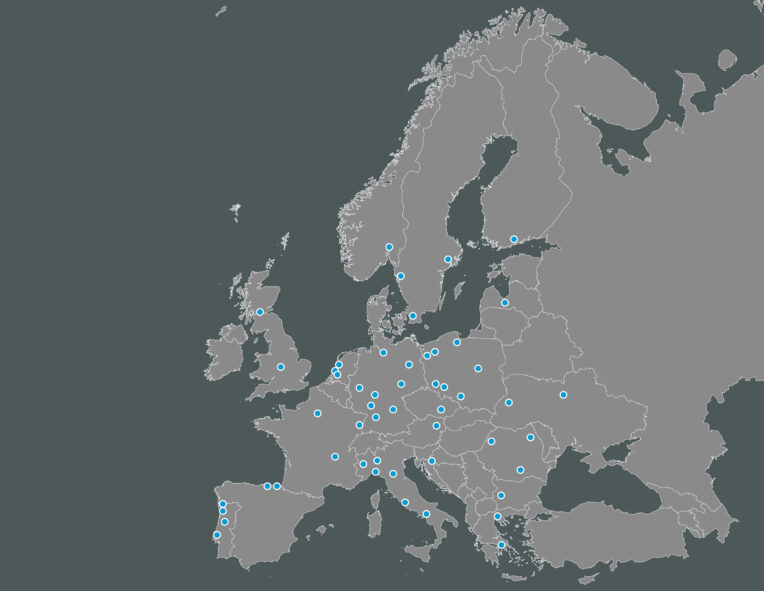Joint Spatial Planning Department Berlin-Brandenburg
Henning-von-Tresckow-Straße 2-8
D-14467 Potsdam.
Image: Gemeinsame Landesplanungsabteilung Berlin-Brandenburg
Primary METREX contacts
Key documents
- Model Capital Region Berlin-Brandenburg
- Joint Planning for Berlin and Brandenburg
- TEN-T Berlin-Brandenburg: Urban Node Agreement
- Berlin Declaration on the Regional Development in the Baltic-Adriatic-Development Corridor (Scandria)
- Interregional Agreement on Establishing Scandria®Alliance for Territorial Cooperation along the Scandria®Corridor
- Scandria® Past – Present – Future
- Common Future Vision for the German-Polish Interaction Area (Horizon 2030)
- i2030 - more tracks for Berlin-Brandenburg
Major projects
Further implementation of joint activities and projects on the basis of the “Model Capital Region Berlin-Brandenburg” (2006)
New Joint spatial planning plan of the Capital Region Berlin-Brandenburg
Updating of the Common Structural Concept for the Area Surrounding BER-Airport
Implementation of the TEN-T
Cooperation of the partners from the capital region in the “Urban Node Platform Berlin-Brandenburg”
i2030 – Joint infrastructure railroad strategy for the Capital Region Berlin-Brandenburg for a sustainable commuter traffic, agreed by Berlin, Brandenburg and the Deutsche Bahn AG
Initiatives for Growth and Regional Development within the Scandria® (Scandinavian-Adriatic) – Development-Corridor; implementation of the Scandria®Alliance (thematic focus on clean fuels, multimodal transport, cross-border infrastructure and digitalization)
GZK 2030 – Implementation of the Common Future Vision for the German-Polish Interaction Area Horizon 2020 within Berlin-Brandenburg
Membership within the German network of European metropolitan regions (“Initiativkreis Europäischer Metropolregionen in Deutschland“ (IKM))
Planning issues
Spatial Planning and sustainable development for the Capital Region Berlin-Brandenburg with more than 6 million inhabitants on an area of 30.500 sq km
Limiting land-use of outer zones in order to develop a sustainable land-use
Sustainable land-use for renewable energies (e.g. wind power) in order to tackle climate change and support the transition towards a low carbon economy
Further development of Berlin’s settlement star in order to develop a sustainable urban-rural management within the Capital Region Berlin-Brandenburg
To adopt demographic change by adjusting public services and infrastructure
To ensure the integration into the European transport networks
Implement innovative solutions (e.g. clean flues, multi modal transport) for the urban-node Berlin-Brandenburg
Structural change in Lusatia through brown-coal planning and redevelopment plans



